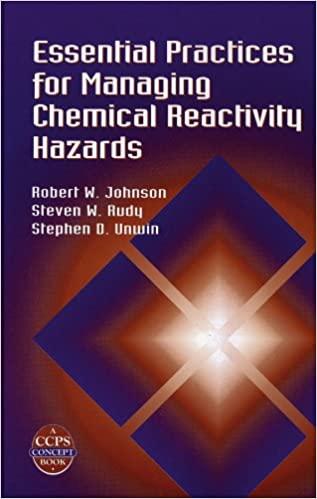Question
1. Rate Limitation in an Ultrafast Li-ion Battery. The figure shows discharge data for a Li-ion battery, whose cathode consists of nanoparticles of LiFePO4 of
1. Rate Limitation in an Ultrafast Li-ion Battery. The figure shows discharge data for a Li-ion battery, whose cathode consists of nanoparticles of LiFePO4 of mean size 50 nm.
(a) What is the solid diffusion time for inserted Li+ in the active particles? The theoretical diffusivity is 1012 m2/s for the perfect crystal, but defects can reduce this to 1014 m2/s.
(b) What is the electrolyte diffusion time across the porous electrode? The electrolyte diffusivity is 1010 m2/s, and electrode thickness 1m.
(c) Explain why the battery is not limited by lithium diffusion. Assume rate limitation by insertion reaction kinetics, and make a Tafel plot of the (natural) logarithm of the applied current versus activation overpotential.
(d) Is the Tafel plot consistent with Butler-Volmer kinetics? If so, estimate the symmetry factor, .
(e) Is the Tafel plot consistent with Marcus kinetics? If so, estimate the reorganization energy, .
(f) How would you explain the overshoot of the voltage plateau for the 20C data?
Step by Step Solution
There are 3 Steps involved in it
Step: 1

Get Instant Access to Expert-Tailored Solutions
See step-by-step solutions with expert insights and AI powered tools for academic success
Step: 2

Step: 3

Ace Your Homework with AI
Get the answers you need in no time with our AI-driven, step-by-step assistance
Get Started


